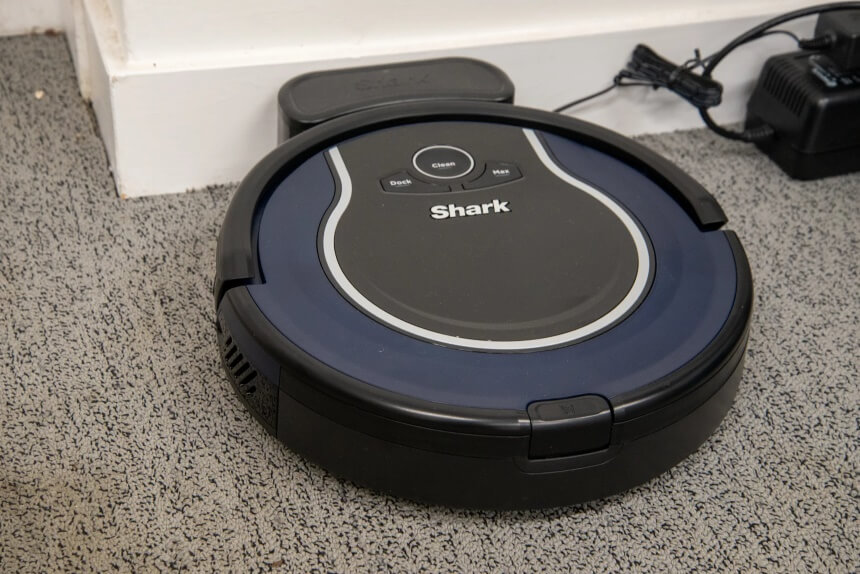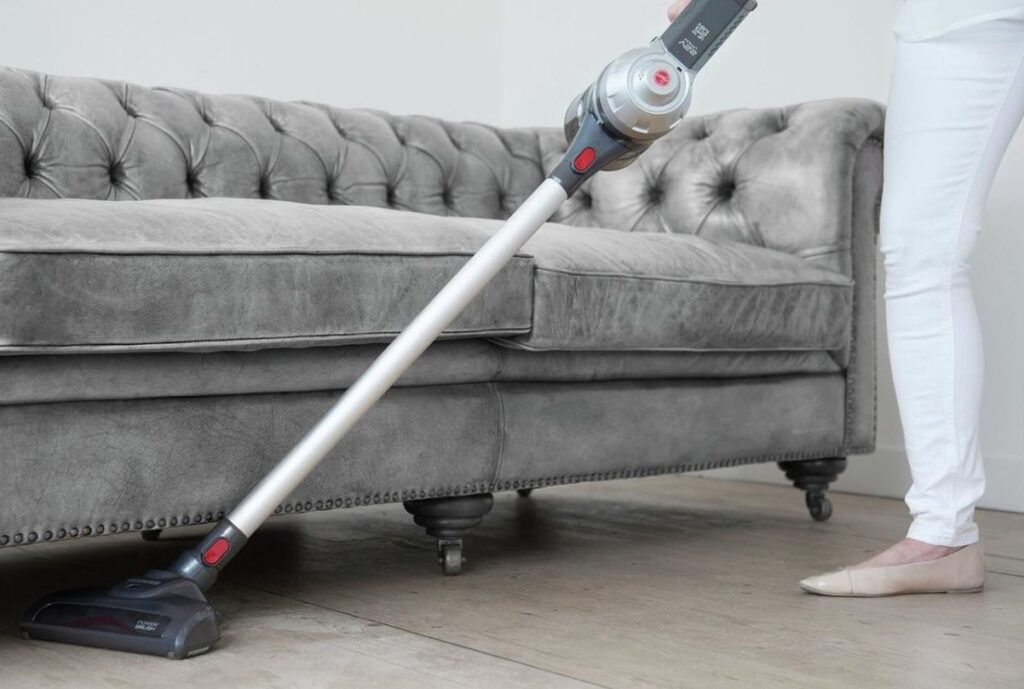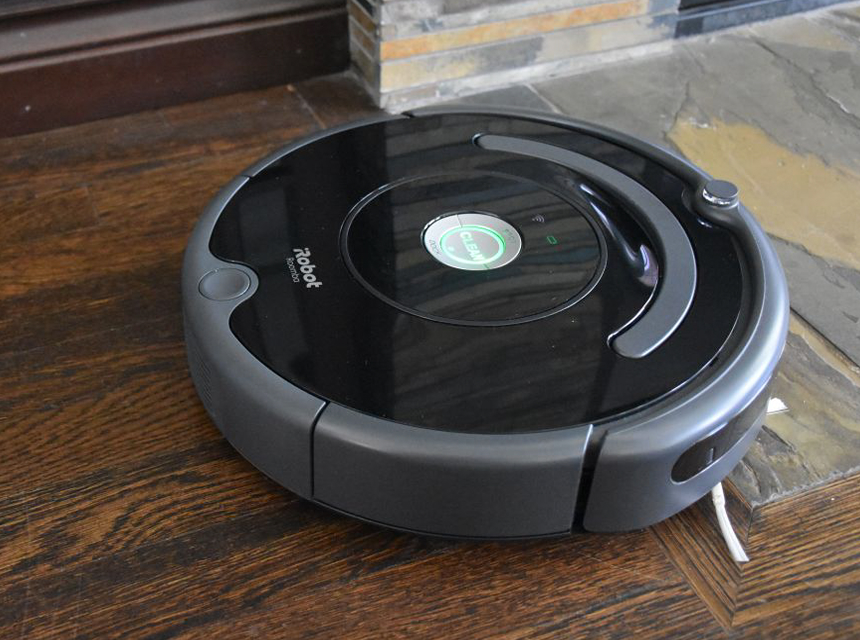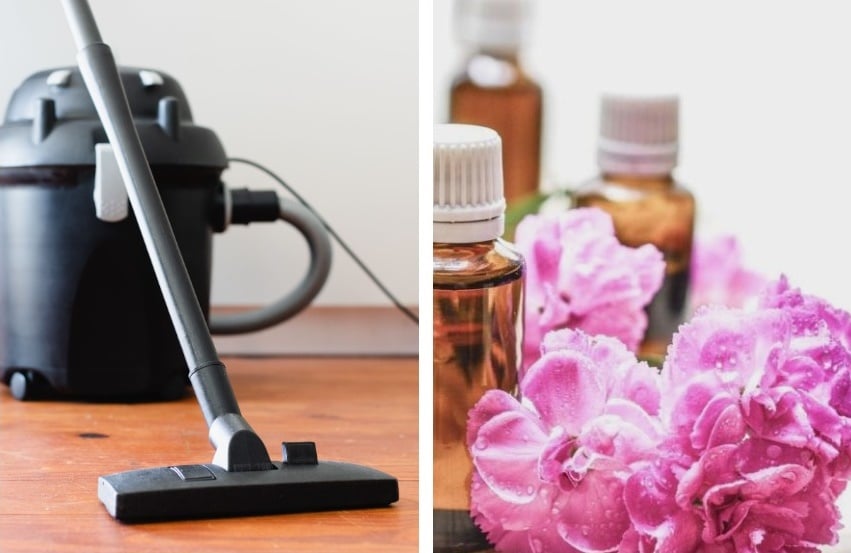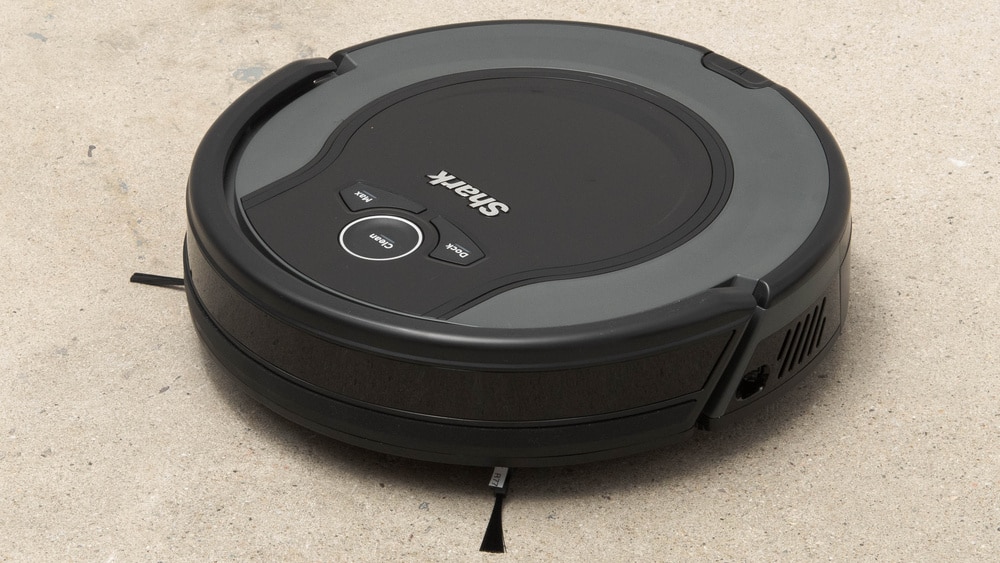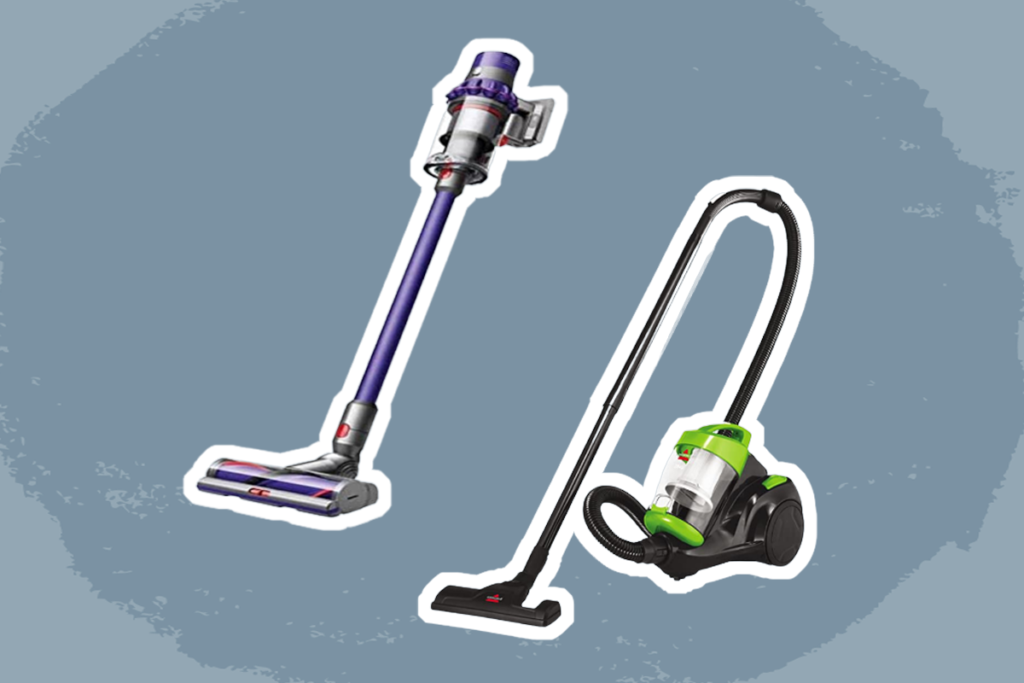The days of pushing a heavy vacuum around the house are long since over, thanks to the invention of the Roomba and other robotic vacuums. These handy devices keep your floors clean and dust-free without minimal effort on your part. Of course, there are varying ideas on how often to run Roomba to maintain those spotless floors.
The discrepancy is because there is no set time or schedule for running your Roomba. Several factors need to be considered to ensure it is keeping your home as clean as you like it since every home is different. Running it too often wears out the machine needlessly while putting it to work less may not be enough to prevent dust and dirt buildup. To help you come up with a proper Roomba schedule, consider the following information.
When deciding how often to run a robot vacuum, some specific parameters can help determine what will work best for your home.
The size of your home is the first thing to consider when deciding how often to use a Roomba. A small studio apartment will take only minutes to vacuum, while a large 3 bedroom house will take much longer, due to the increased square footage of floor space. If you have more than one floor, this will also affect the Roomba’s schedule.
Be advised that these robotic devices can’t handle stairs, so you may need to clean them manually. This is easy, using the best multi-surface vacuum cleaners that can handle rugs or floors. There are also a variety of the best cordless vacuum cleaners available to make this task even easier.
Pets can be dirty, leaving hair and other debris all over the floor of your home. The more pets you have and the furrier they are, the more frequently your Roomba will have to run to keep the floors clear. Pets that spend time outdoors also bring bacteria Trusted Source Dirty dogs: Homes with pooches loaded with bacteria A dog may not only fill a home with joy, it fills a home with a whole lot of bacteria, new research suggests. But that doesn’t mean you have to kick your pooch out of the bed. www.nbcnews.com , as well as dirt and other debris, into your home on their paws and in their fur that will then be distributed onto your floors.
One person makes less of a mess than five, especially if there are small children in the household. Kids love playing on the floor, plus they are more likely to spill crumbs from meals or bring in dirt from playing outside that will need to be cleaned up. You’ll need your Roomba to run more frequently with more people to keep up with the level of dust and dirt on the floor.
Health conditions are another consideration when deciding how often you should run your Roomba. Those with asthma or other respiratory conditions will likely need their house cleaned more often to ensure that they can breathe easier.
Allergies are also something to consider when deciding the frequency of running your Roomba. If you’re allergic to dust mites Trusted Source Dust Allergy | Causes, Symptoms & Treatment Dust allergies can cause sneezing, a stuffy or runny nose, or itchy and red eyes. Learn more about the symptoms, diagnosis and treatment here. acaai.org , keeping your floors clean is a must to avoid symptoms like nasal congestion, sneezing, or itchy eyes.
Pet dandruff is another common allergen, so preventing this from building up on your floors will prevent any reactions that can make your life more difficult.
As well as keeping the floors clean, some robotic vacuums even ensure you come in contact with those allergens even less frequently than others. The Roborock S7+ doesn’t just pick up 99.99% of the dirt and dust, it also empties itself after each cleaning session for up to 120 days.
The type of floor you have can alter how well your Roomba works, whether you’re using a high-priced top-of-the-line model or the best robot vacuum under $200. Flooring, from hardwood to linoleum to tile, is relatively easy for a Roomba to clean since everything that falls on it stays on the surface.
Carpeting is more difficult to vacuum since dirt, dust, and other debris can get trapped in the fibers. The thicker they are, the harder it is to get them out again. That’s why your carpets will likely need more frequent passes from a Roomba than your floors.
The location of your home is yet another factor that will determine how often it needs to be cleaned since the majority of the dust and dirt on your floors comes from outside your house. The suburbs are actually the cleanest place you can live, so those living in these areas will likely be able to reduce how often they run their Roomba.
Cities have a great deal of pollution, which can come into your home and collect on surfaces, including your floors, requiring more frequent vacuuming sessions. Rural areas tend to be dustier, due to the farmland surrounding them. These areas are especially dirty during harvesting when dirt, dust, and crop particles are floating in the air, so vacuuming more often is a must.
How often to run a robot vacuum won’t be the same answer for every household, so consider the following to help you decide the best schedule for you.
When planning your Roomba schedule, consider all of the factors that we discussed above. Doing so will help determine how frequently you need it to clean your floors. You can also adjust the schedule as needed if you find it is running too often or not often enough. Models like the iRobot Roomba 694 can also be monitored through the Home app, so you can adjust it by season, frequency, or set specific times as you see fit. You may also want to consider the battery type and the runtime since these will affect how often you can run the Roomba and for how long.
Those living in polluted or rural areas with multiple people, including children, and at least one pet, will likely need to keep their Roomba running on a daily schedule. If you have any allergies or respiratory conditions, you may also want to run it every day to prevent any adverse reactions.
Fewer people and only one or no pets may reduce how often you need to vacuum. If you have more floors and less carpeting, this will also reduce dirt and dust buildup, so you can likely get away with only vacuuming every couple of days.
Living on your own in a suburbs with no pets will likely mean that your house stays relatively clean. If you work from home and have infrequent visitors, this also reduces how much dirt is brought into your house. It will stay cleaner for longer, so you may only need to run your Roomba once a week or so to keep your home clean.
Roombas are built to make your life easier by taking care of the vacuuming for you but these devices aren’t perfect. To help them do their job properly, you may want to keep the following tips in mind.
Moisture and electronics do not go together, so it’s a good idea to keep your Roomba from coming into contact with water or other liquids. Running over spills could cause issues with the machine’s functions and affect its ability to clean your floors. Clean up liquids when you find them and be sure your floors are dry before running your Roomba.
Another way to ensure your Roomba does a good job is to plan ahead by removing any obstacles that could be in its path. This includes toys, clothing, dining chairs, or anything else that could disrupt the vacuum’s movements. You may also want to keep kids and pets out of the room while the Roomba is working to keep its path clear.
Taking good care of your Roomba will ensure it is always ready when you need it. This includes emptying and charging it after every use, wiping down its docking station, cleaning its brushes once or twice a week, and cleaning it properly every three months. Like other computerized devices, it may also require software updates now and then, so keep it up to date.
Your Roomba will likely need to be monitored for at least the first few runs around your home.
Look carefully at device vacuuming, and be sure to watch for any obstacles or areas that are difficult to reach. Then adjust its path as needed.
Cleaning your house is never a fun chore, which is why so many of us try to find easier ways to get this job done. Using a Roomba is just one of the many ways to decrease your workload without sacrificing your home’s cleanliness. Of course, knowing how often to run a Roomba isn’t a quick and easy answer.
Since every home is different, the size of the space you’re cleaning, the number of people in the home, and whether you have pets can all determine how often you should keep this little machine running. Even your location can affect how often you need to vacuum, so keep all of these factors in mind when making up your Roomba schedule.
